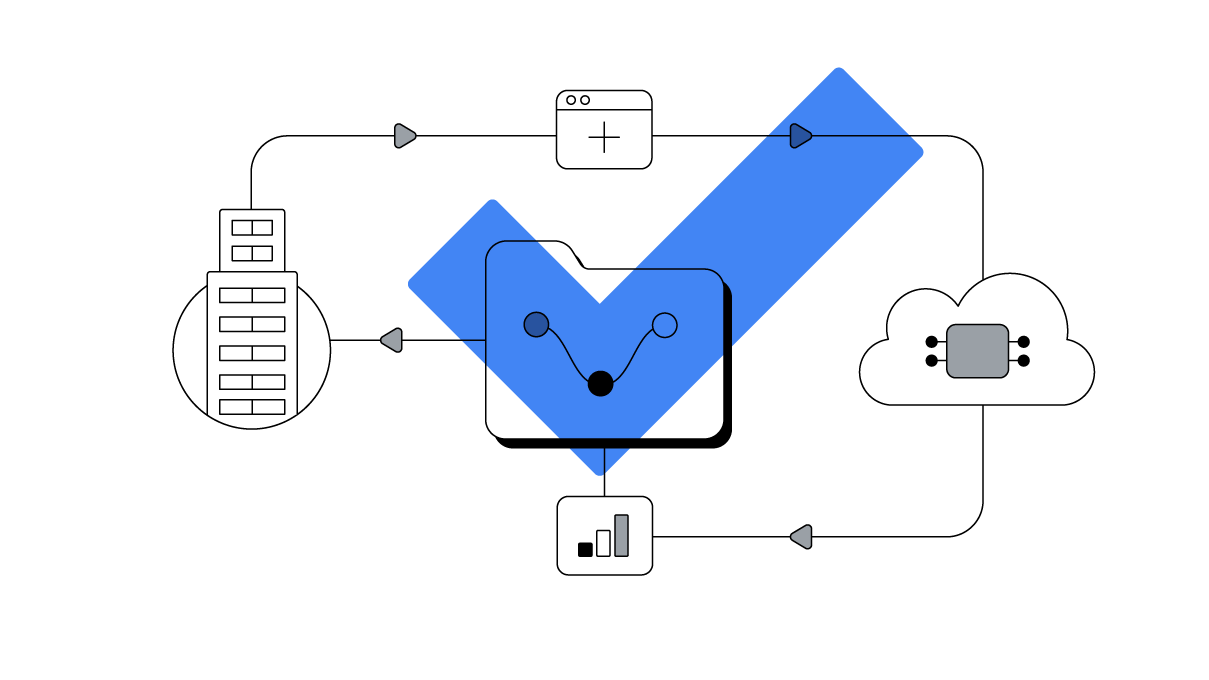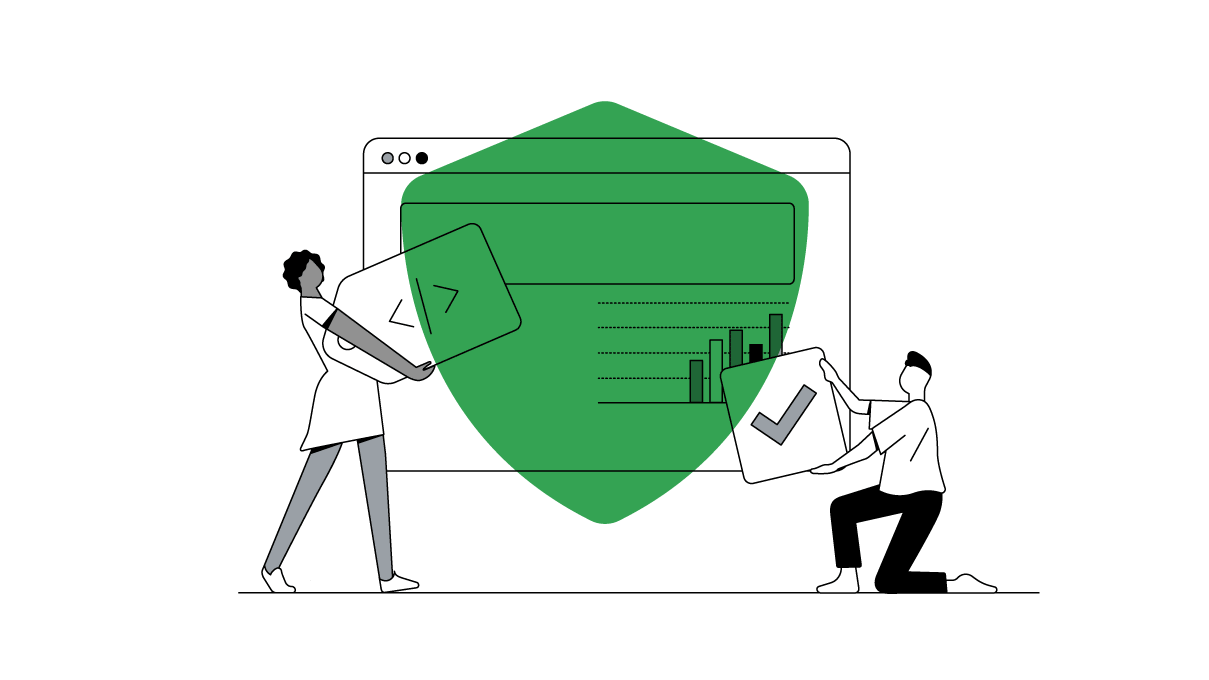The way we watch video has changed — and there’s no going back. On platforms such as YouTube, already-present exploration and discovery behaviours have become stronger and more entrenched.
Research shows the average online adult in the U.K. watched 60 minutes of YouTube per day in June across all devices, including connected TVs.1 And when it comes to purchase decisions, 63% of YouTube viewers say that they bought from a brand as a result of seeing it on YouTube.2
Put simply: video is the new shop window and it’s one that is always open. YouTube provides an opportunity for brands and retailers to connect with people in these valuable moments of discovery — when they are engaged and primed for action.
Being present in these moments is of course key, but making them 'shoppable' is the future of retail (one that is possible today). The answer lies in bringing together first-party data, innovative ad formats, and creative best practice to unlock shopper demand.

Window shopping on YouTube is ‘always open’
In the past, window shopping was an activity with a beginning and end — a few hours spent on the high street. Online, there is no such delineation, as we interact with technology throughout the day.
Due to the personalised nature of YouTube, people are not finding noise, but things that make their lives better. They are almost perpetually in a state of discovery because there’s so much content out there for them to discover. And since the pandemic, the platform has only grown as a source of inspiration for U.K. shoppers in key retail categories: home, telco, fashion, and beauty.3

In a U.S. study, 75% of shoppers said that YouTube enhances the traditional shopping journey by delivering unexpected inspiration.4 This highlights the value of your brand being present in these moments of discovery with campaigns or content that inspires.
Shoppable video can close the gap between discovery and purchase
To be competitive and capture this demand, it’s critical to understand that the baseline of what makes an effective online campaign has risen during a year of double-digit ecommerce growth. Innovative visual ad formats and automation can help drive business and actively close the gap between discovery and purchase.
Brands that add product feeds to their Video action campaigns achieve over 60% more conversions at a lower cost.
One innovative format that is making video 'shoppable' is using Video action campaigns. They can help scale your video ads automatically across the YouTube Home feed, watch pages, connected TV, search, and more — using machine learning to drive conversions, and help you better understand attribution. You can also encourage viewers to shop by attaching a product feed from the Google Merchant Center. Having eye-catching, browsable product imagery alongside your ads can inspire viewers and direct them to specific product pages on your website – helping to create a seamless path to purchase for consumers.
Product feeds in Video action campaigns
On average, brands that add product feeds to their Video action campaigns, achieve over 60% more conversions at a lower cost.5
These formats can help make the messy middle of the purchase journey less convoluted. Shoppers go quickly from seeing a product to buying it, without numerous other touchpoints in between. This presents a big opportunity for marketers to capture intent in the first interaction — and drive viewers directly to a website or app, and optimise towards a specific action.
5 steps to capture consumer demand on YouTube
Here are five steps to put your strategy and campaigns ahead of the competition with shoppable video on YouTube – and capture demand during peak shopping events and beyond.
Use optimised targeting to increase reach and performance
To reach relevant audiences and identify your most valuable customers within them, your data set-up is key. Marketers should start with their first-party audiences, combined with Google intent signals such as searches, interests, apps downloaded, and businesses visited. With optimised targeting default for all campaigns, advertisers can look beyond manual selection of audience segments to help find high-value shoppers that you may have missed. The result: improved performance — advertisers using optimised targeting see an average of 20% more conversions among automated audiences versus manual audiences, at a comparable cost per action (CPA).6
Integrate ad formats to boost your reach
Avoid sticking with one ad format. Look to enhance your marketing mix to fit your specific goals, measuring your full-funnel and cross-channel impact. For example, using Discovery campaigns — a visual format across Google feed properties — alongside Video action campaigns can prove more effective. By combining these two campaign formats, more than 80% of advertisers said they saw incremental conversions at, or below, their original CPA.7
Make your creative work harder
In the first five seconds your ad should capture your brand, product, and call to action. Then, let Video Action Campaigns do the heavy lifting for you, as it auto-optimises to any action on your site, whether it’s “learn more”, “sign up”, or “buy now”. Take inspiration from successful YouTube campaigns from LinkedIn, Gucci, and Mr Porter.
Partner with creators to connect in new ways
Creators are the heart and sole of YouTube, and shoppers feel confident in purchases inspired by them. Eighty-nine percent of viewers agree that YouTube creators give recommendations they can trust.8 Brands can build campaigns around specific channels and themes — or form partnerships with creators — using YouTube Select.
Measuring success: Build for performance
As audiences move between TV and digital platforms, it’s essential for brands to reach audiences as they switch between devices. Use automation to track sales, site visits, and store visits beyond the last click. Experiment with what ad formats work for different audiences and discover more best practices from 250 video ad experiments at Google’s Creative Works.







